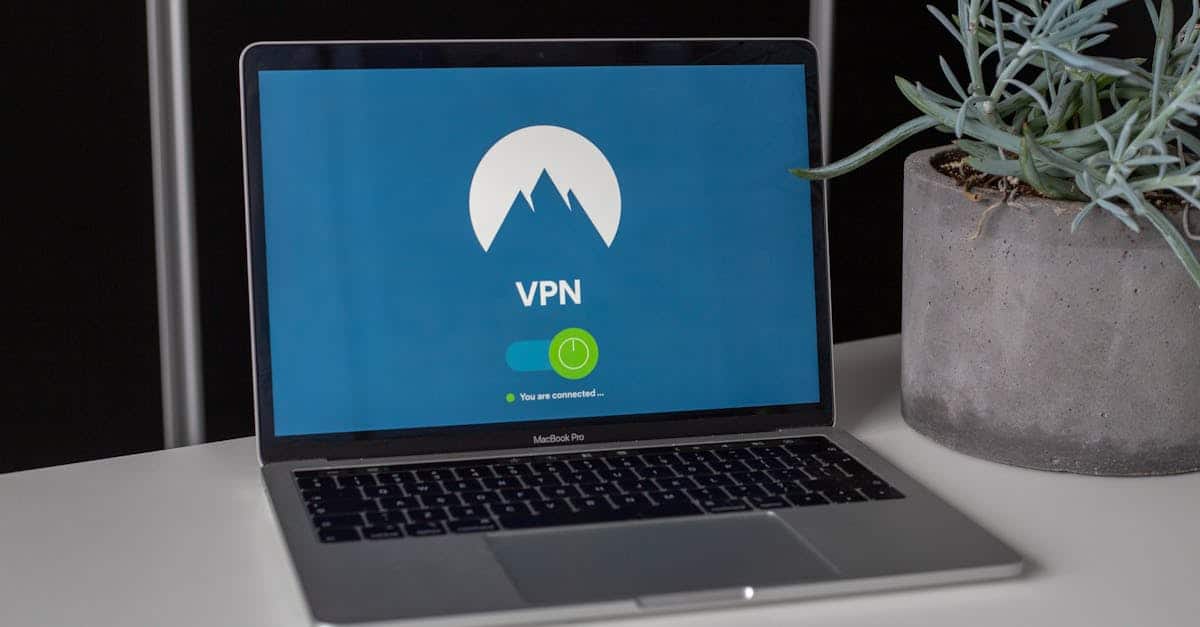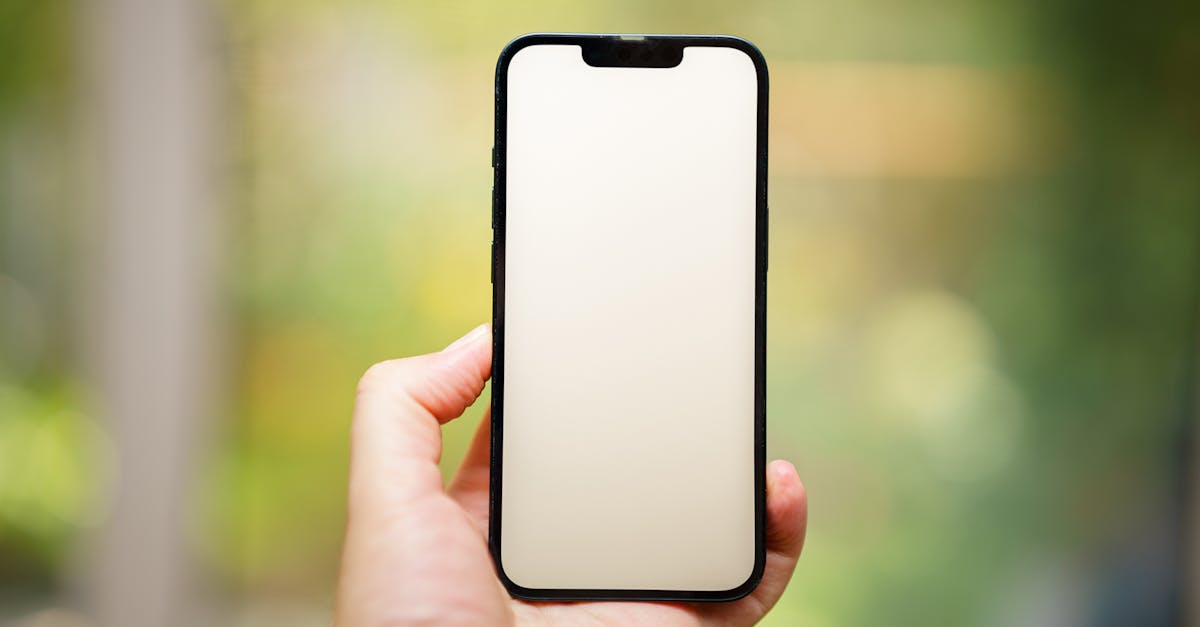
Introduction
Why this matters: Data exposure is no longer an abstract compliance worry — with teams collaborating from home, personal networks, unmanaged devices and cloud sync services multiply the chances that SSNs, health records, or financial data leak through chat, shared folders or screen captures. Document automation—from OCR and pattern‑based detection to contextual redaction and tokenization—lets organizations find and sanitize PII before it propagates, while contractual and operational tools ensure the right responsibilities and safeguards are in place. This article walks HR, compliance and legal leaders through practical controls for a defensible remote workflow: automated PII discovery and redaction, DPAs and privacy templates, secure access and encryption patterns, Formtify templates to operationalize policies, and monitoring plus incident playbooks to detect, contain and remediate exposures quickly.
PII risks introduced by remote work and distributed document workflows
Why PII risk grows with remote workflow: When employees work from home or across locations in a distributed team workflow, data moves through more endpoints: personal networks, unmanaged devices, cloud sync clients and third‑party apps. That increased surface area makes accidental exposures, misconfigured shares, and mixed personal/business usage more likely.
Common exposure scenarios:
- Files with sensitive fields (SSNs, health data, financial info) stored in personal cloud folders or forwarded over chat.
- Screen sharing or screen capture during virtual workflow meetings that includes PII on open documents.
- Inadequate controls for contractors or vendors in a remote collaboration stack, leading to unauthorized access or international data transfers.
Risk vectors to prioritize: device loss, weak home Wi‑Fi, unsanctioned collaboration tools, and poor version control across a remote work or hybrid work model. Treat these as part of your threat model when designing controls and selecting remote workflow software.
Automated PII discovery & redaction: OCR, pattern detection and rules to remove or mask sensitive fields
Core techniques: Use OCR to extract text from images and PDFs, pattern detection (regular expressions) for structured fields like SSNs and credit cards, and contextual rules or ML models for names, addresses, and medical terms.
Implementation checklist
- OCR pipeline: batch and realtime OCR for scanned docs and attachments in your virtual workflow.
- Pattern rules: regex rules for obvious PII (SSN, phone, email) plus checksum validation for numbers like credit cards.
- Contextual classifiers: ML models to reduce false positives on ambiguous tokens (e.g., an employee ID vs. SSN).
- Redaction options: permanent redaction, masking (partial reveal), or tokenization depending on business need and compliance.
These components form the backbone of remote workflow tools that proactively find and sanitize PII before it spreads through remote collaboration channels.
Contractual and policy controls: DPAs, privacy policies, and data transfer clauses for remote vendors and employees
Contract and policy fundamentals: For remote team management, contracts must be explicit about which party is the data controller/processor, permitted processing activities, and cross‑border transfers. Include breach notification timelines and audit rights.
Practical clauses to include
- Data Processing Agreement (DPA) with subprocessors, scope and security obligations.
- Data transfer mechanisms (SCCs, adequacy, or specific safeguards) for international remote vendors.
- Employee and contractor addendums that cover device configuration, acceptable tools, and incident reporting.
- Clause on retention, deletion, and return of PII when relationships end.
Policy hygiene: Keep an up‑to‑date privacy policy and internal remote work guidelines that map to your technical controls. Use templates to accelerate roll‑out — for example, start from a reliable DPA or privacy policy template and adapt to your remote workflow requirements.
See ready templates for DPAs and privacy policies to operationalize these controls: DPA template, Privacy policy template.
Secure workflow design: encryption at rest/in transit, role‑based access, time‑bound links and audit logging
Design principles: Build security into the workflow rather than retrofitting it. Use end‑to‑end protection where possible and limit exposure by applying least privilege and temporal access.
Key controls to implement
- Encryption: TLS for data in transit and strong encryption for data at rest in cloud storage and backups.
- Role‑based access control (RBAC): enforce minimal permission sets and separate duties for sensitive operations.
- Time‑bound access links: use expiring links for sharing documents externally to reduce lingering exposures in remote collaboration.
- Audit logging and immutable trails: capture who accessed what, when and from which IP or device. Logs should be tamper‑resistant and searchable for incident response.
Combine these with remote workflow best practices like device posture checks, enforced MFA, and approved remote workflow tools to reduce friction for remote employees while keeping PII protected.
Formtify templates to operationalize privacy: data processing agreements, privacy policies and HIPAA authorization forms
Why templates help: Operationalizing privacy across a distributed team workflow means consistent, repeatable documents. Templates speed deployments, ensure legal coverage, and align vendor and employee expectations for remote work.
Useful Formtify templates
- Data Processing Agreement (DPA) — ready clauses for subprocessors, security obligations, and data return/deletion.
- Privacy Policy — examples you can adapt for customer‑facing disclosures in a digital workplace transformation.
- HIPAA Authorization Form — use this when your remote workflow handles protected health information (PHI).
These templates are practical starting points for remote workflow examples, remote workflow templates, and compliance checklists. Pair a DPA with your technical controls (encryption, RBAC, monitoring) to create a defensible remote work framework.
Monitoring & incident playbook: regular scans, alerting for PII exposures and automated remediation workflows
Continuous monitoring strategy: Run scheduled and real‑time scans across storage buckets, shared drives, email and chat for exposed PII. Use alerts tuned to severity so your team focuses on real incidents instead of noise.
Incident playbook elements
- Detection: automated discovery (OCR + pattern matching), DLP alerts from remote workflow software, and user reports.
- Containment: automatically revoke time‑bound links, disable accounts or quarantine files when exposures are confirmed.
- Investigation: collect audit logs and device telemetry; determine scope using immutable trails.
- Notification: comply with contract and legal timelines; have templates (customer, regulator, employee) ready to go.
- Remediation & prevention: remove PII, apply redaction/tokenization, patch misconfigurations, and update remote workflow best practices and training.
Automated remediation workflows — for example, a scan that detects a leaked spreadsheet and triggers redaction plus access revocation — reduce mean time to remediate. Combine this with regular tabletop exercises to keep your remote team management and asynchronous communication strategies effective.
Summary
Conclusion
Protecting PII in distributed teams requires both technical controls and clear contractual and operational guardrails. Automated discovery and redaction (OCR, pattern rules and contextual classifiers), strong encryption and access controls, paired with DPAs and ready privacy templates, give HR, compliance and legal teams practical tools to reduce risk and respond faster when data exposures occur.
Why this helps HR and legal: document automation removes routine friction—finding and sanitizing sensitive fields before they spread, standardizing vendor and employee obligations, and making audits and incident response far more efficient. Use these controls to bake privacy into your processes and maintain a defensible remote workflow posture. Learn more and get started with ready templates and agreements at https://formtify.app.
FAQs
What is a remote workflow?
A remote workflow is the set of processes, tools and handoffs teams use to collaborate when participants are distributed across locations. It includes how documents and data move between people and systems, the tools used for communication and storage, and the controls that enforce security and compliance.
How do I design an effective remote workflow?
Start by mapping where sensitive data is created, stored and shared, then apply controls like least‑privilege access, encryption, and automated PII scanning. Combine those technical measures with clear policies, DPAs for vendors, and templates for employee agreements to keep expectations consistent.
Which tools are essential for a remote workflow?
Essential tools include secure cloud storage with strong encryption, identity and access management (MFA and RBAC), DLP/PII discovery and redaction tools, and audit logging for visibility. Complement this stack with contractual templates (DPAs, privacy policies) to cover legal and vendor obligations.
How do you handle handoffs across time zones in a remote workflow?
Design asynchronous handoffs using clear ownership, versioned documents, and time‑bound access links so work can continue without creating lingering exposure. Add automated scans and alerting to catch issues introduced during off‑hours and use playbooks to speed remediation when problems surface.
Are remote workflows secure?
They can be secure if you combine technical controls (encryption, RBAC, monitoring) with contractual safeguards and employee training. Regular scans, incident playbooks, and automation for redaction/tokenization reduce human error and help maintain a defensible security posture.





